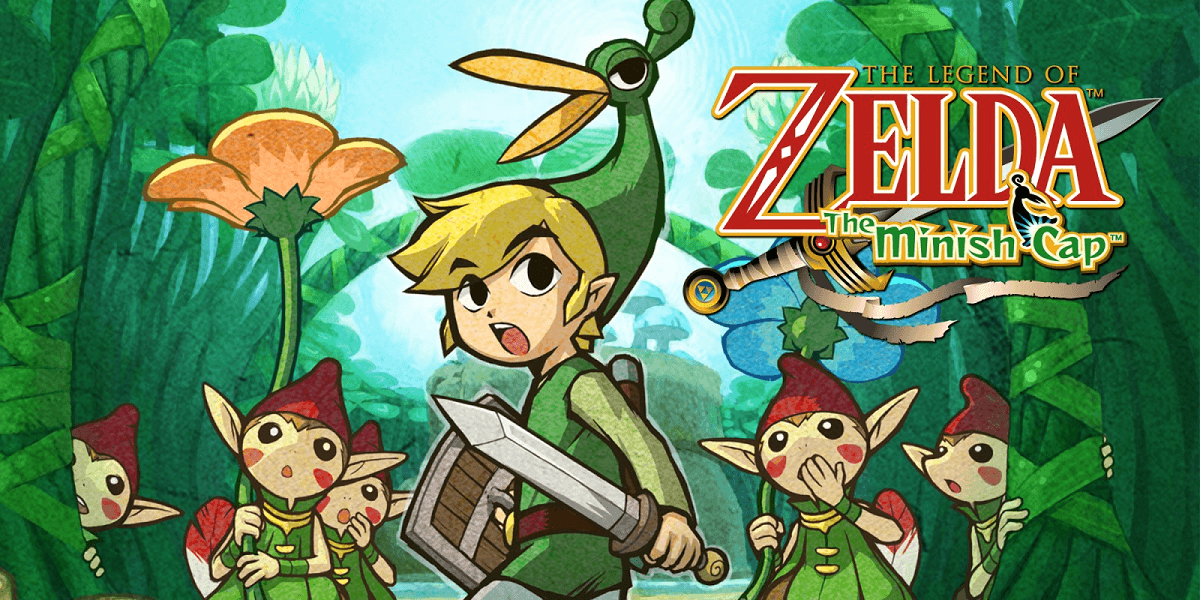The Legend of Zelda The Minish Cap
The Legend of Zelda The Minish Cap: An Ultimate Gaming Experience
Introduction
Released in 2004, The Legend of Zelda The Minish Cap is a top-down action-adventure game developed by Capcom and published by Nintendo. It stands as a part of the iconic Legend of Zelda series and showcases Link’s adventure as he seeks to rescue Princess Zelda and defeat the evil sorcerer Vaati. What makes The Minish Cap stand out is its ability to combine traditional Zelda gameplay with fresh concepts, notably the “Minish” world, where Link can shrink to a tiny size and explore otherwise inaccessible areas. The game features a rich world, engaging puzzles, and a variety of new abilities, making it one of the most cherished titles in the franchise.
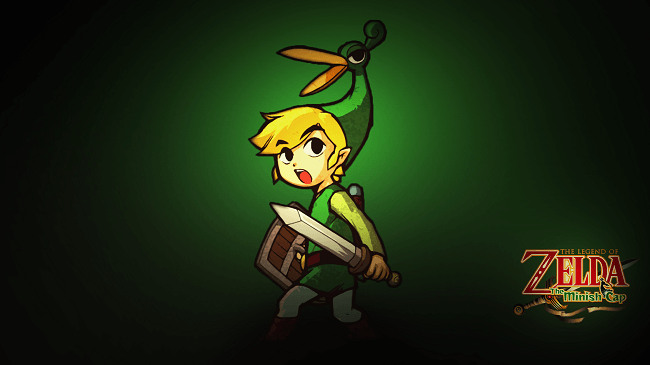
Gameplay
In The Minish Cap, players control Link as he embarks on his journey to stop Vaati from unleashing chaos upon the world. The game follows the traditional Zelda formula of exploration, puzzle-solving, and combat, but with a unique twist.
Shrinking Mechanic The Minish World
One of the standout features of The Minish Cap is the ability to shrink Link to Minish size using the titular Minish Cap. In this shrunken form, Link can explore environments that were previously inaccessible, solving puzzles that require creative use of size manipulation. The Minish world is full of hidden secrets and challenges, making it an essential aspect of the game.
Combat and Abilities
Link’s journey is filled with a variety of enemies, many of which are unique to The Minish Cap. Players can engage in combat using the sword and shield, while also acquiring various magical items and abilities. The game introduces the Four Sword, which allows Link to split into multiple copies of himself to solve puzzles and tackle enemies. The combat system, while simple, is satisfying, with different enemies requiring different strategies to defeat.
Key Features of The Legend of Zelda The Minish Cap
- Minish World Transformation: As mentioned earlier, the shrinking mechanic allows Link to enter the Minish world, where everything becomes gigantic from his tiny perspective. This mechanic adds an exciting new layer to the game, with new puzzles and environmental interactions only available in this form.
- The Four Swor: The Four Sword is another key feature, enabling Link to create multiple versions of himself. This ability is useful for solving puzzles and defeating enemies, as certain obstacles can only be overcome with teamwork between the four Links. This feature has since become iconic in the Zelda series.
- Rich Storytelling and Character Development: True according to the Legend of Zelda series, The Minish Cap offers an engaging storyline filled with memorable characters. The relationship between Link and Princess Zelda is central to the plot, and the introduction of Vaati as a villain adds an intriguing twist to the traditional Zelda narrative.
- Dungeons and Puzzles: The game includes a series of dungeons, each filled with puzzles that require both logic and action to complete. The puzzles take full advantage of Link’s new abilities, especially his size-shifting ability, to create creative challenges that keep players engaged.
- Classic Zelda Combat: The combat system is straightforward, but effective. Link can use his sword, shield, and various magical items to battle enemies. Each dungeon features a unique boss that tests the player’s combat skills, and the game features a wide variety of enemies, each with their own weaknesses.
- Improved Controls: The controls have been streamlined for newer systems, offering a smoother experience for players using more advanced controllers. The updated controls ensure that the game remains enjoyable for both veterans of the series and newcomers alike.
System Requirements in The Legend of Zelda The Minish Cap
To play The Minish Cap, here are the basic system requirements for different platforms:
Game Boy Advance (Original Platform)
- Game Boy Advance System
- A copy of The Minish Cap Game Cartridge
Wii U Virtual Console (For Re-release)
- Wii U console
- Access to the Nintendo eShop for downloading The Minish Cap
PC (For Emulators)
- Emulator software (such as VisualBoyAdvance)
- ROM file of The Minish Cap
- Basic PC specifications: 2GB RAM, Dual-Core Processor, Graphics: 256MB
Note: Always ensure you own the original game to comply with legal standards when using ROMs.
Screenshots:
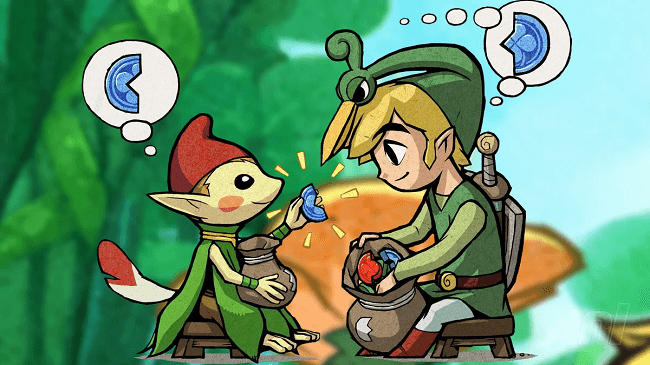
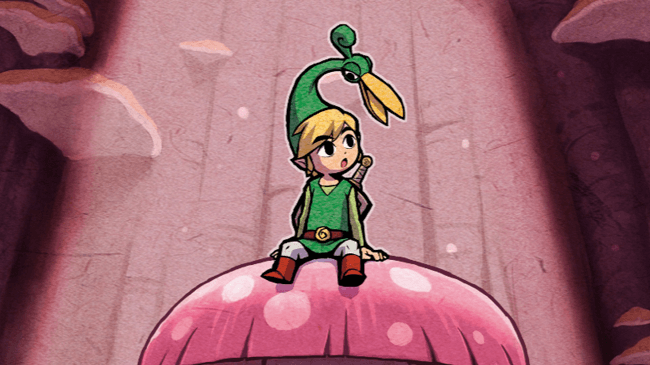
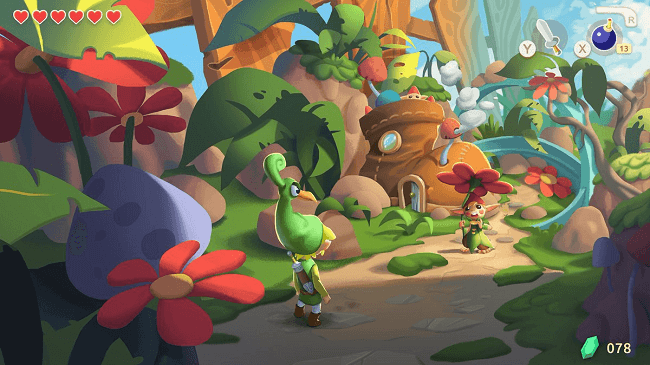
How to Install The Legend of Zelda The Minish Cap
On Wii U Virtual Console
- Go to the Nintendo eShop on your Wii U.
- Search for The Minish Cap in the Virtual Console section.
- Purchase and download the game to your system.
- Launch the game from your Wii U menu and enjoy.
On PC Using an Emulator
- Download a Game Boy Advance emulator, such as VisualBoyAdvance.
- Obtain a ROM of The Minish Cap (ensure you own the original game).
- Open the emulator, load the ROM file, and start playing.
- Adjust the settings as necessary for optimal gameplay.
Conclusion
According to The Legend of Zelda the Minish Cap remains one of the best portable entries in the Zelda series. Its combination of innovative gameplay mechanics, compelling story, and charming visuals continues to captivate gamers. Whether you’re shrinking to explore the Minish world or battling enemies with the Four Sword. Furthermore this title provides a rich and engaging experience for players of all ages.
With updates that have enhanced its accessibility and performance. Furthermore the Minish Cap remains as enjoyable today as it was upon its release. If you haven’t played this classic yet, it’s definitely worth your time. For Zelda fans, it’s an essential part of the franchise, offering a delightful adventure that stands the test of time.

